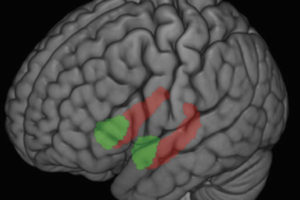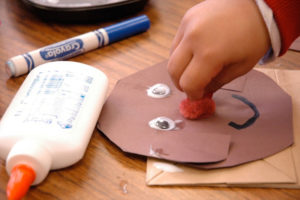It’s as simple as breathing in and breathing out.
Mindfulness – a focus on the here and now through awareness of the present moment – can be both practiced and, importantly, measured by simply counting your breath, according to new studies led by Center for Healthy Minds researchers and published collectively this month in Frontiers in Psychology.
The practice of mindfulness has recently gained popularity in the U.S. Studies show it can reduce stress, improve student academic performance, and more. But researchers have lacked a scientifically rigorous way to measure it, sometimes hindering its credibility, says study leader Richard Davidson, Center founder and UW–Madison professor of psychology and psychiatry.
“We wanted to develop a behavioral measure of mindfulness,” says Davidson.
With breath counting, the team of researchers says it has found that measure. It is, after all, a practice that dates back 1,500 years as a tool to train mindfulness, says Daniel Levinson, lead author of the paper and a graduate student at the Waisman Laboratory for Brain Imaging and Behavior.
The researchers hope their findings will help continue to push mindfulness into the mainstream. It has long been seen as the domain of monks and mystics, but Levinson would like to see it become as common as yoga and running are today. He wants to see more physicians and others using it as a tool to promote well-being and to engage in common conversation around mindfulness. He is hopeful this measure can help.
“It’s easy to answer self-report questionnaires in ways that are consistent with what a person thinks mindfulness to represent, the expectations about how a person highly mindful will behave,” says Davidson, but when it comes to keeping track of breaths, people can’t “fake good.”
To examine the practice as a tool for measuring mindfulness, participants in the study were asked to keep track of nine breaths in sequence by striking one computer key at each breath and a different key on the ninth breath in each sequence. To do so accurately, a person must be aware of each breath as it happens.
“Counting isn’t the main focus; it’s the experiential awareness of breath,” Levinson says. Breath counting is not mindfulness; rather, it’s a tool for measuring it, much like a thermometer is a tool for assessing the season.
Of the more than 400 people studied, all completed breath-counting tasks. Some were asked to provide their mood prior to doing so. Other participants were trained for four weeks in breath counting and then compared to people trained in a memory task or not trained at all.






